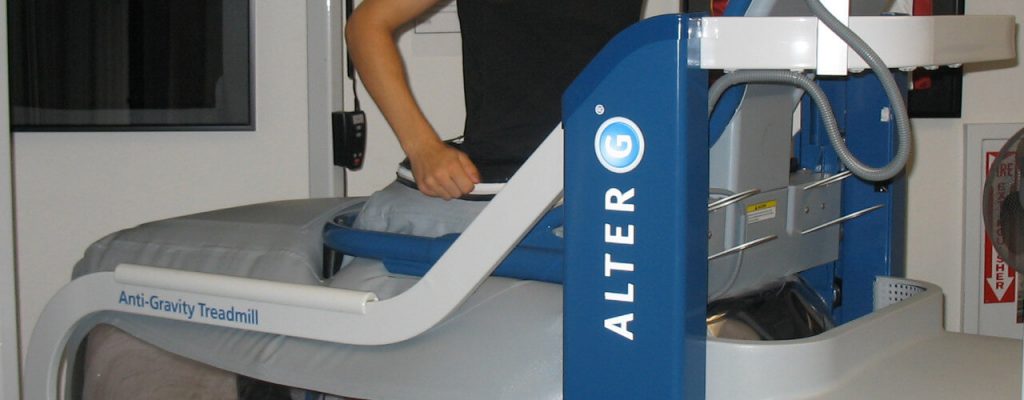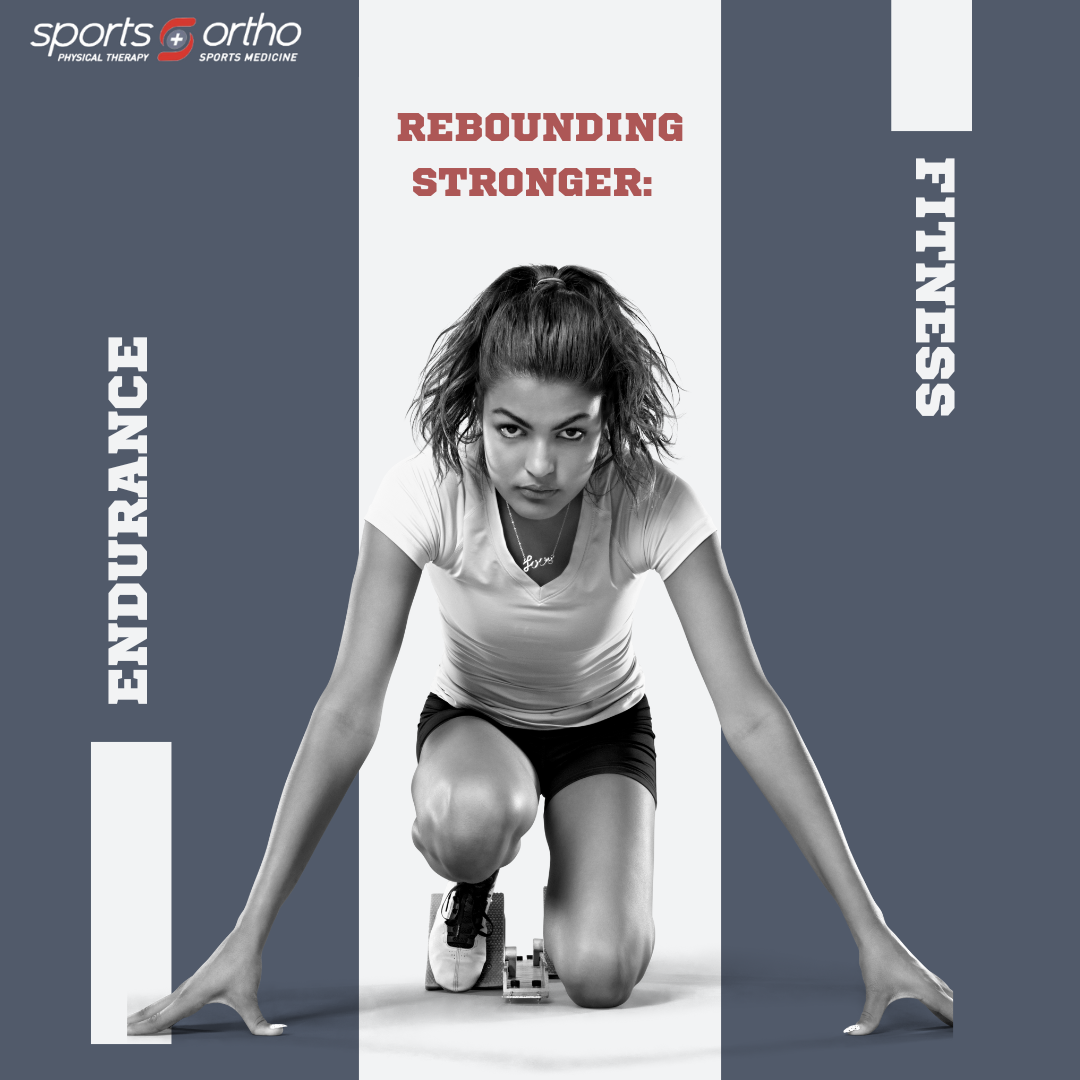The future is here! That might be a slight exaggeration, but Alter G’s anti-gravity treadmill provides a way to mimic the reduction of gravity and its effects on the body without requiring a lunar landing.
The approach is proving incredibly impactful in a variety of use cases, ranging from competitive distance runners with intricate training plans, to those recovering from an injury or surgery. No one exercise or rehabilitation approach is one size fits all, so first things first…
What is an Anti-Gravity Treadmill?
Everyone knows the fundamentals of a treadmill, but the Alter G is unlike any of the run of the mill equipment you’ll find in a regular fitness center. Utilizing technology patented by NASA, the device allows patients and athletes alike to take part in running or walking workouts by reducing their apparent bodyweight. Originally developed for astronauts seeking to stay fit while aloft, the technology was first intended to increase their apparent weight, which is essential for astronauts’ bones and muscles.
In a role reversal, the same approach can now be used to lessen the impact of exercise on the joints. When stepping into the device, the user’s lower body is encapsulated in an airtight chamber, with a skirt around the waist. One can then select the intensity of the faux gravitational resistance, altering how strenuous the workout will be, and the equipment will change the air pressure in the chamber to produce the desired environment.
So What Is The Result?
Weight, and therefore gravity, is public enemy number one for many joint conditions. The resulting discomfort is not only painful, but can create a pathway to additional problems from over-use or adopting a sedentary lifestyle to avoid those activities altogether. By exercising with the Alter G’s Anti-Gravity Treadmill, users can still enjoy a rigorous cardiovascular workout and strengthen the muscles in the lower body without inflicting the damage on joints that would be incurred with “full gravity.”
Who Benefits?
Joint pain and wear affects different people in different ways, but as its a universal risk, virtually anyone stands to benefit from the technology by tailoring a specialized plan for their needs.
- High Performance Athletes: Serious distance runners really pack on the mileage in training mode, presenting enormous risks of cumulative joint damage. Not only can the low gravity environment help diminish joint wear, but also the bad habits of sloppy form that can arise with exhaustion and muscular over-exertion. By focusing on the correct form and motion, one can run longer and faster, getting race-ready sooner than ever.
- Rehabilitation From Injury: Joint pain and wear aren’t the only dangers, compound fractures and damage to ligaments that support the knees and ankles can sideline someone for an extended period. Working your way back to 100% can take a long time, especially if the main prognosis is to simply “stay off it.” The extended time off can lead to weakening of the muscles not merely in the affected area but the entire lower body and cardiovascular system. By reducing the harmful effects of gravity on the body, one can stay active without exacerbating the injury, getting back into form quicker than ever.
- Recovery From Surgery: No matter the patient’s age, those coming out of surgery often have a long convalescence and recovery process in which different parts of the body advance at different rates. The ability to customize resistance on the lower extremities and increase or decrease intensity as required can be an enormous game changer for those looking to get back on their feet. The ideal environment for patients can be a boon not only in fitness and recovery, but providing a safe space to avoid a major setback with a potential fall.




